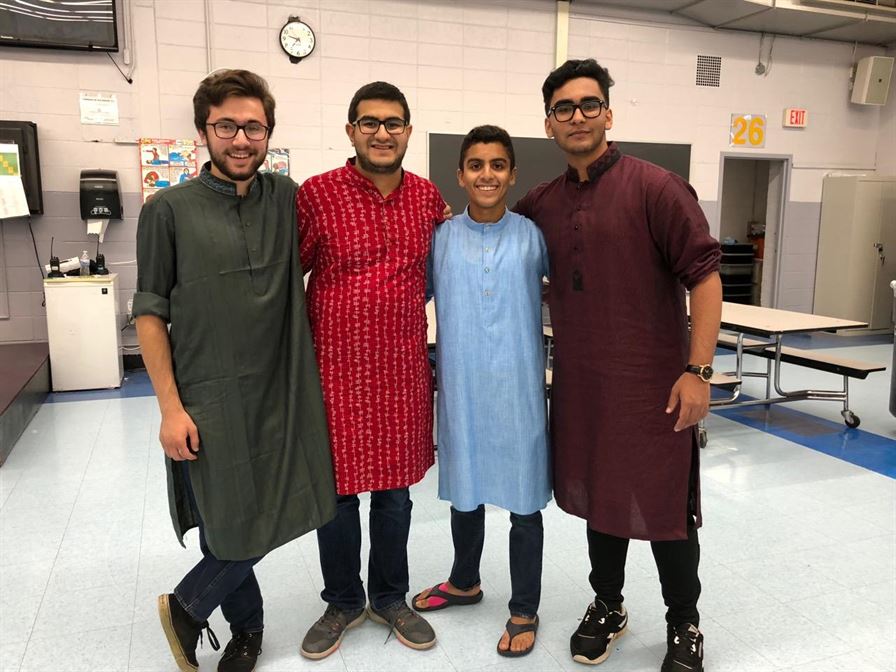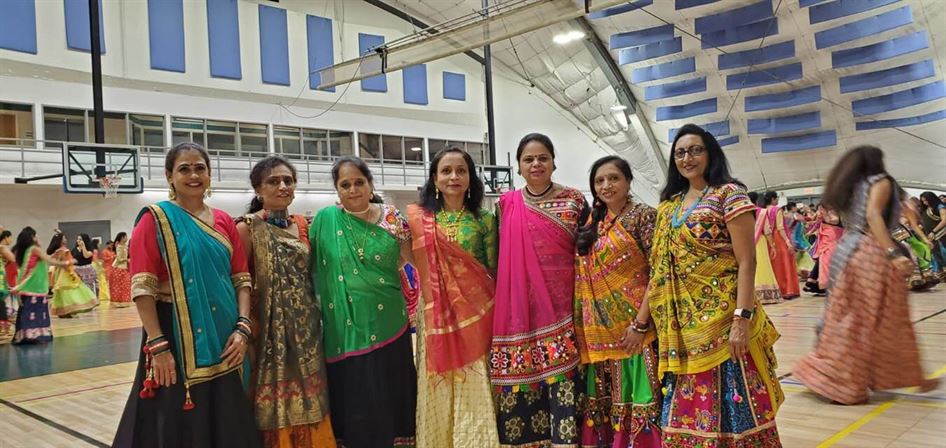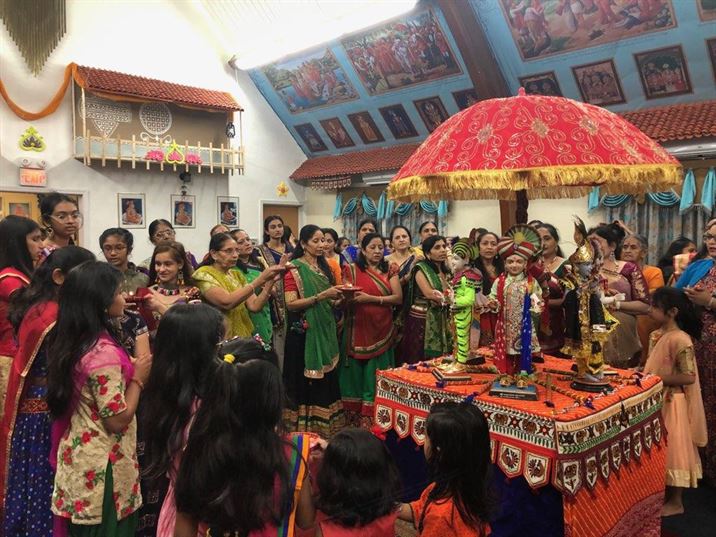Navaratri is an annual Hindu celebration that spans 10 days and nine nights. Navaratri takes place in autumn during the Hindu month of Ashvin and the festival usually ends up being in the Gregorian months of September and October.
Navaratri is composed of the words “nav,” or “nine,” and “ratri” meaning “night.” These nine nights represent the triumph of good over evil, and celebrate Durga, the Mother Goddess. Each night is associated with an epic battle between Hindu gods and demons. Rama was the avatar of the Hindu god of Vishnu and plays a role in the ancient Indian Sanskrit epic “Ramayana.”
During Navaratri festivities, Hindus wear gorgeous clothing, decorate elaborately, dance and/or fast. Most days, Hindus eat vegetarian during Navaratri. Specific practices vary by region, but the main purpose of Navaratri is to celebrate an annual homecoming festival for all friends and family, where everyone can get together.
The New Jersey Exposition Center in Edison held a large Navaratri festival on the Fridays and Saturdays between Sept. 20, 2019 and Oct. 12, 2019.
A group of students associated with Montclair State University’s South Asian Student Association (SASA), attended the Garba on Oct. 11. Garba is a traditional group folk dance, originating in Gujrat, India. During the Garba dance, there are many people who play with dandiya sticks. Dandiya is the dance that is performed for the honor of Goddess Durga and the sticks represent the sword of Durga.
Jasmine Thomas, a junior information technology major and the president of SASA, attended the event and invited other Montclair State students to join her.
“Anybody was welcome and admission was $10 per ticket,” Thomas said. “The e-board of SASA also provided transportation for students who go from campus.”
Students who were interested in participating were taught dance moves during SASA’s general meetings by the club’s vice president, Rohan Gandhi.
Payal Rana, a junior chemistry major, dances in Garba annually.
“Every year [during] Navaratri, I go to Garba at the exposition center and go to the Gandhi Mandir to pray, which is located in Wayne,” Rana said.

A group of young men enjoy the Garba celebration while wearing kurtas. Photo courtesy of Jasmine Thomas
Justin Ghansiam, a graduate student earning a Master of Business Administration, enjoys Navaratri and Garba.
“Its a great way to express my culture and allows me to catch up with my friends and family,” Ghansiam said.
During Navaratri, women wear saris, salwar kameez or lehengas. Saris vary in length, width and color; they are wrapped around the waist and draped over the shoulder. Lehengas are ankle-length skirts. Salwar kameez are traditional outfits that include a pair of trousers and a tunic. Men wear kurtas, a type of collarless shirt that is worn during the celebration of Navaratri.
Rana wore a lehenga, a traditional skirt and blouse and Ghansiam wore a kurta, a collarless shirt with jeans at Garba.

The New Jersey Exposition Center in Edison holds a Navratri festival every year. Photo courtesy of Jasmine Thomas
When Hindus decorate for the festival, they light candles in their homes, put out flowers and make rangoli of various colors. Rangoli is a type of art which is made up of colored rice, dry flour, flower petals and colored sand. Designs are often passed from one generation to the next.
Hindus wake up early during Navaratri to worship their god. They provide offerings of fruits, sweets and flowers. They also go to their neighbors houses to give sweets and fruits, a tradition to give blessings to others.
Shahil Patel, a sophomore business major and the secretary of SASA, likes the celebration of Navaratri.
“Everybody getting together and [celebrating] during the nighttime with friends and family is my favorite,” Patel said.




